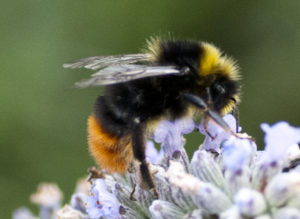The importance of woodlands to bees.

The diet of bees has changed over the years. In the past, bees were able to forage and collect pollen and nectar from a variety of plants. With the spread of highly mechanised agriculture, increasing urbanisation and road network - now their options are somewhat limited. Large fields of monocultures, for example, of oil seed rape are now common. Whilst oil seed rape is a good source for foraging bees and bumblebees, they need to collect nectar and pollen from a variety of sources so that they get a range of nutrients, such as the essential amino acids. Without these particular amino acids, the growth and development of bees is affected, as is their resistance to disease and their ability to raise the brood. It is important that our pollinators are able to find a range of plants / pollen to provide all their nutrients.

Whilst wild flowers [aka weeds], like dandelions, ragworts, and clovers are a lifeline for bees and bumblebees, recent research at the University of East Anglia has shown that woodlands can offer important habitats for bees, isuch as the leaf canopy. The research team studied 15 woodland sites in agricultural areas across Norfolk (in Spring). Within the woodlands, they looked at the bee activity in
- the understorey
- the woodland edge
- and at different levels in the tree canopy.
They found that bees were active high up in the sunlit tree canopy, and their activity was particularly high near flowering sycamore trees. Red tailed bumblebees (Bombus lapidarius) were busier in the canopies than elsewhere. The understorey and woodland edges were also significant contributors to bee activity. This study emphasises the importance of woodland habitats for the wild bee community.
Comments are closed for this post.
